Famous Togruta Jedi: Race, Traits, saber technique and legacy
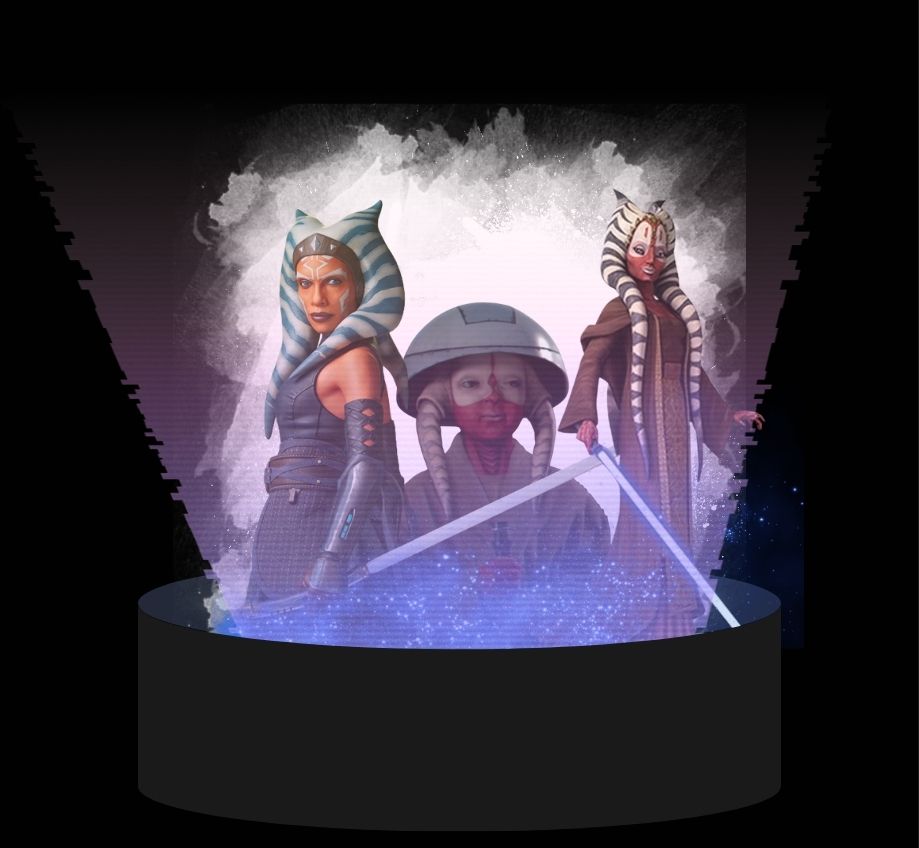
The Togruta, a species marked by montrals and lekku, brought unique instincts and teamwork to the Jedi Order. Ahsoka Tano’s dual-blade agility, Shaak Ti’s patient mastery of Soresu, and Ashla’s spiritual presence each showcased how culture and physiology shaped their lightsaber styles and philosophies, leaving enduring legacies across galactic history.
Famous Togruta Jedi: Race, Traits, saber technique and legacy
The Togruta are one of the galaxy’s most visually striking species, instantly recognizable by their tall montrals, colorful skin patterns, and long lekku.
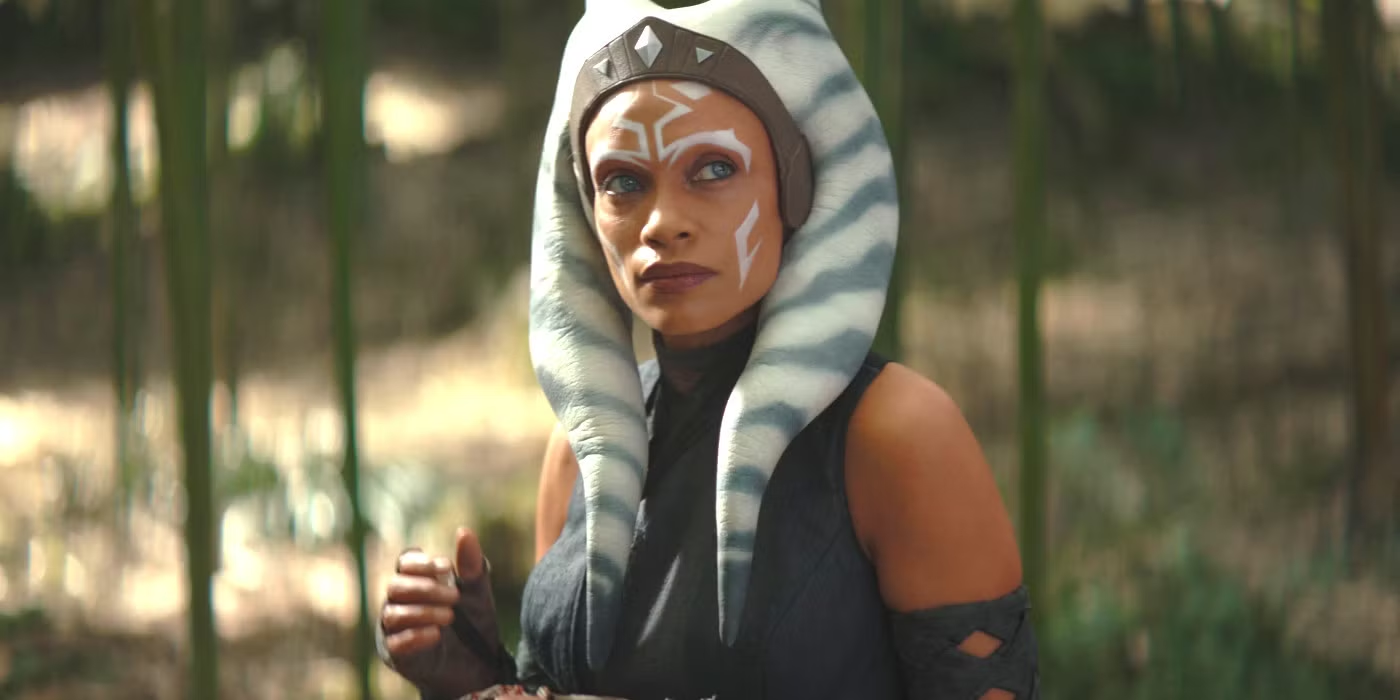
Beyond their appearance, they possess a deep cultural identity rooted in community, instinct, and attunement to the natural world. This unique blend of physical and spiritual qualities has shaped the way Togruta interact with the Force and fight with a lightsaber.
Among the Jedi Order, Togruta such as Ahsoka Tano, Shaak Ti, and Ashla left behind legacies that continue to influence the galaxy long after their time. Their distinct physiology and cultural values helped define their combat techniques, philosophies, and impact on galactic history.
Origins and Physical Traits of the Togruta
Native to the planet Shili, Togruta evolved as communal hunters in open grasslands. Their tall hollow montrals allow them to sense movement and sound over great distances, while their lekku enhance perception and communication.
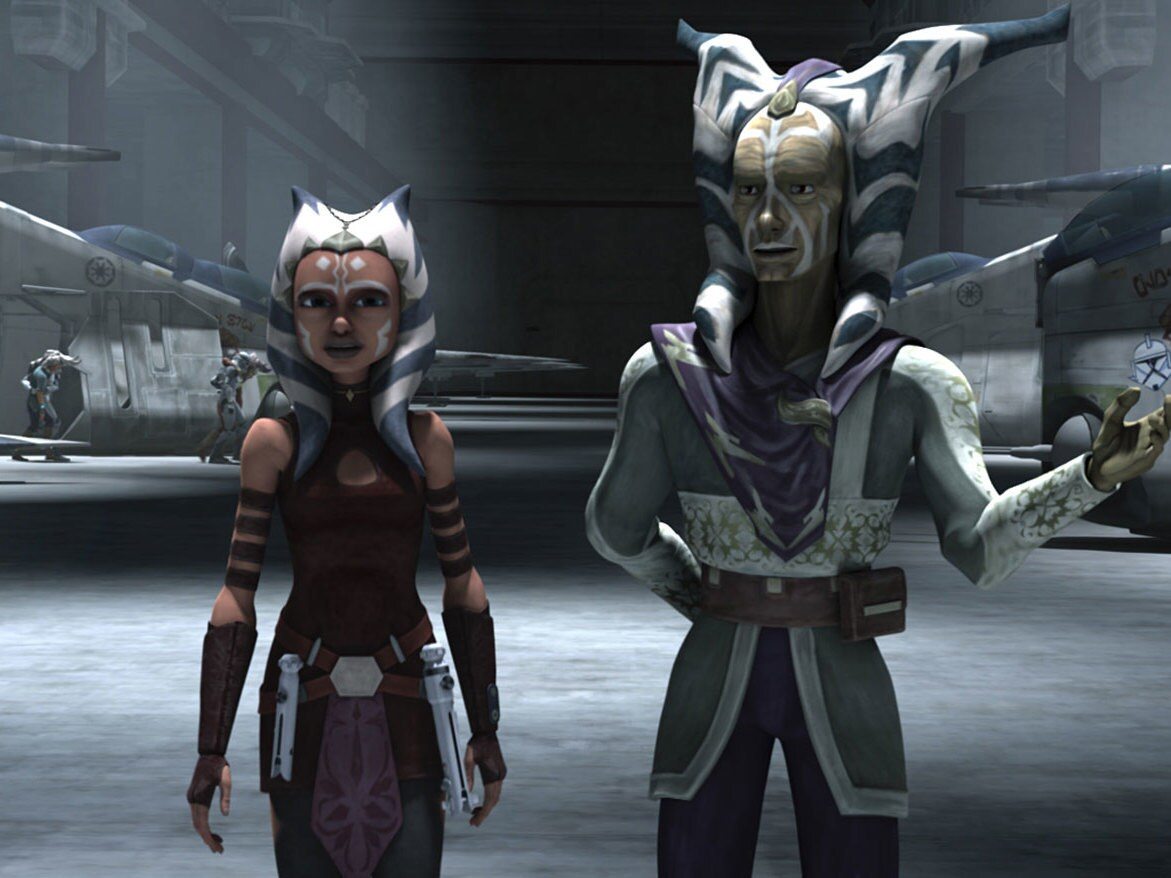
These features made them highly attuned to their surroundings, granting them an almost precognitive edge in battle. Their vibrant facial markings and natural camouflage once played a role in survival, but in the Jedi Order, these same traits symbolized uniqueness and heritage.
Together, their physiology made them not only formidable combatants but also perceptive Force users whose instincts often surpassed those of other species.
Cultural Significance of Togruta Traits
For the Togruta, individuality is secondary to the strength of the group. On Shili, cooperation was essential for survival against predators, and this communal mindset became deeply ingrained in their identity.
Translated into the Jedi tradition, this meant that Togruta Jedi often emphasized teamwork, harmony, and balance over personal ambition. Their montrals and lekku, more than just physical features, became symbols of identity—visible reminders of their connection to both nature and each other.
When these cultural ideals fused with Jedi teachings, the result was a philosophy that valued unity, empathy, and resilience.
Most notable Togruta Jedi
Throughout the history of the Jedi Order, a handful of Togruta rose above the rest to leave profound marks on the galaxy.
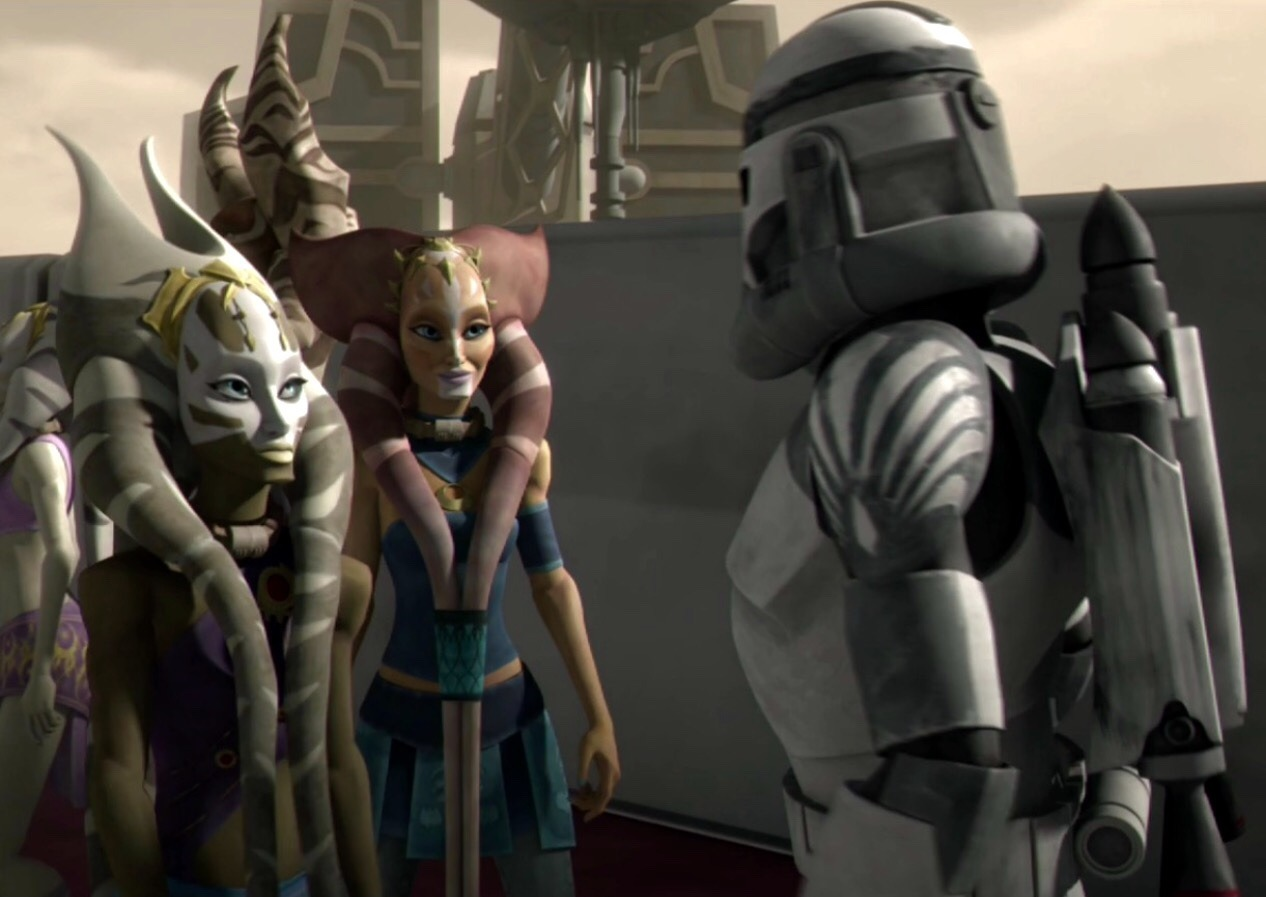
They were not simply skilled warriors; they were leaders, teachers, and visionaries whose influence extended beyond the battlefield.
Figures like Ahsoka Tano and Shaak Ti became legendary, both for their lightsaber combat skills and for the philosophies they embodied. Even Ashla, whose role was quieter and more spiritual, contributed to the shaping of Togruta identity within the broader tapestry of the Force.
Ahsoka Tano: The Rebel Padawan Who Walked Her Own Path
Ahsoka Tano is perhaps the most iconic Togruta in Star Wars history. Introduced as the Padawan of Anakin Skywalker during the Clone Wars, she quickly developed her own identity as a bold, determined, and fiercely independent Jedi.

Her journey took her from a loyal apprentice to a defiant figure who walked away from the Jedi Order, yet remained committed to the ideals of justice and the Force.
Ahsoka’s story is one of resilience and evolution, representing the struggle between tradition and individuality that defines so many Force users.
Ahsoka Saber Technique
Ahsoka is famous for her use of dual lightsabers, often wielded in the unorthodox reverse grip. This aggressive and agile style reflected her quick reflexes and daring personality.
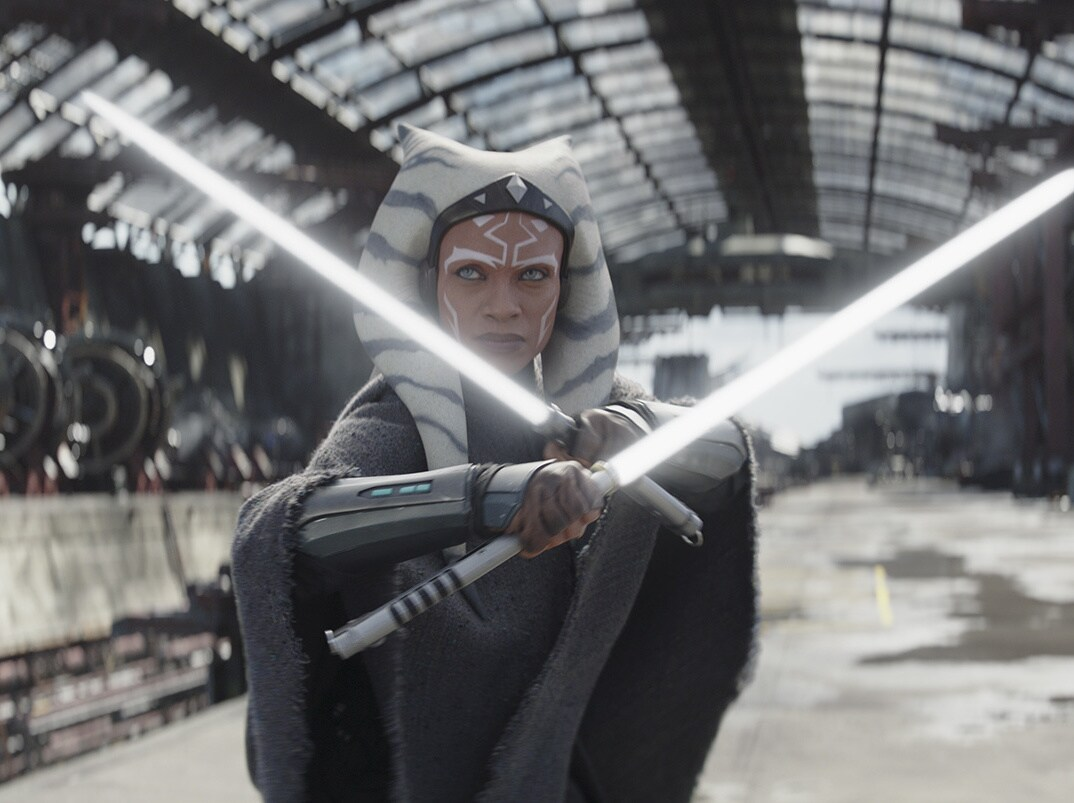
Her combat relied on speed, adaptability, and unpredictability, allowing her to match—even outmaneuver—opponents who relied on brute strength. Her mastery of Ataru and Jar’Kai emphasized mobility, acrobatics, and precision strikes, making her a difficult target and a relentless duelist.
How Togruta Traits Influence Ahsoka’s Combat Style
Ahsoka’s natural Togruta physiology enhanced her fighting abilities in ways unique to her species. Her montrals allowed her to anticipate movement in combat, granting her the ability to sense incoming attacks before they landed.
Combined with her cultural upbringing rooted in cooperation, she often fought as part of a team, using synergy with allies to her advantage. Her lekku enhanced spatial awareness, giving her a keen understanding of positioning that made her combat fluid and precise.
Ahsoka Tano’s Influence on the SW Universe
Ahsoka’s legacy extends far beyond her lightsaber skills. By leaving the Jedi Order, she embodied the idea that morality and the Force were not bound exclusively to the Council’s authority.
Her resistance to the Empire and her later role in mentoring figures like Ezra Bridger showed her continuing dedication to balance and freedom.
Ahsoka became a bridge between eras, linking the prequel, original, and beyond, while inspiring countless allies in the fight against oppression.
Ahsoka Tano’s Legacy
Ahsoka’s enduring legacy lies in her independence. She demonstrated that one could honor the Jedi way while still questioning its flaws.
By carving her own path, she became a symbol of integrity, courage, and growth, proving that the Force belongs to all who seek balance—not just the Order.
Shaak Ti: The Council Master of Patience and Discipline
Shaak Ti was one of the most respected Jedi Masters of her generation, serving as a member of the Jedi Council during the Clone Wars.
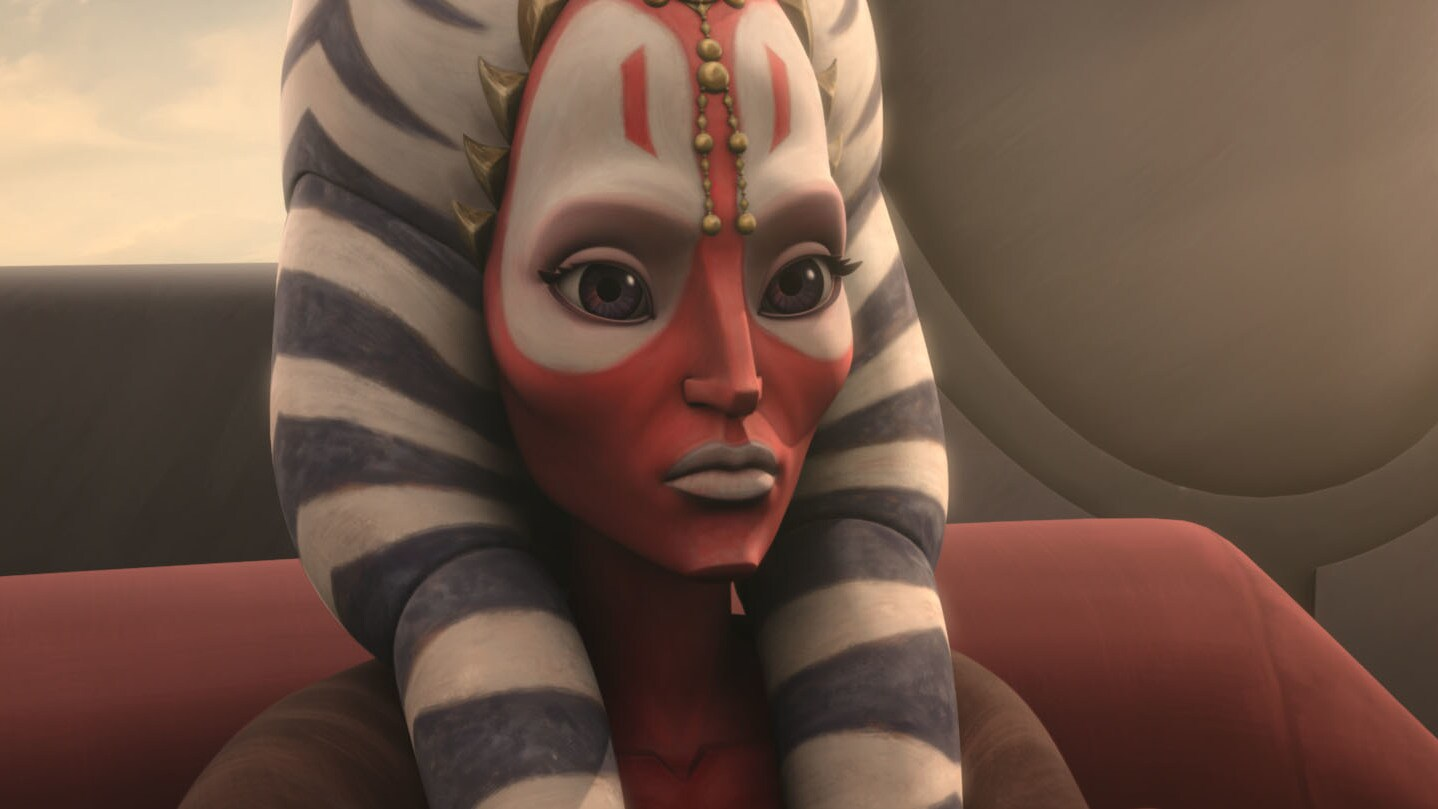
Known for her calm, wise demeanor, she often represented patience and balance amidst the chaos of galactic conflict. While Ahsoka embodied youthful rebellion, Shaak Ti represented steadiness and tradition, though she too was not afraid to adapt when necessary.
Shaak Ti Saber Technique
Shaak Ti favored a more measured, defensive combat style. Unlike Ahsoka’s high-energy approach, Shaak Ti’s fighting was characterized by discipline and efficiency.
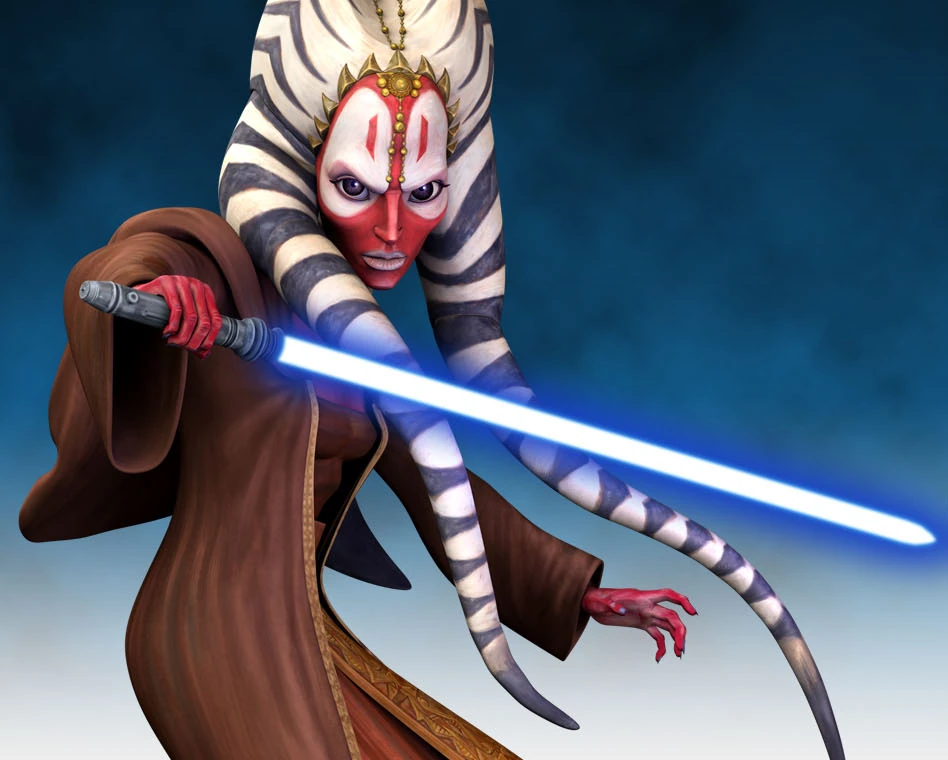
She utilized Soresu, the defensive form, with precision, conserving her energy and outlasting opponents. This made her particularly adept in large-scale battles and prolonged duels, where endurance and composure mattered most.
How Togruta Traits Influence Shaak Ti’s Combat Style
Shaak Ti’s montrals and lekku granted her heightened battlefield awareness, which she combined with her disciplined lightsaber technique to anticipate and control the flow of combat.
Her communal instincts translated into leadership, as she frequently guided clone troopers and fellow Jedi in coordinated efforts. This balance of perception, patience, and leadership made her one of the Order’s most reliable tacticians.
Shaak Ti’s Influence on the SW Universe
As a Council member, Shaak Ti’s influence reached across the Republic. She was instrumental in training clone forces on Kamino, overseeing their development and integration into the Grand Army of the Republic.
Her mentorship and strategic vision shaped the Republic’s war effort, even as she wrestled with the moral consequences of the conflict.
Shaak Ti’s Legacy
Shaak Ti’s legacy is one of quiet strength. Though less flamboyant than other Jedi, she embodied wisdom, endurance, and dedication.
Her presence on the Council and in the Clone Wars left an enduring mark on Jedi history, proving that resilience and patience could be as powerful as raw strength.
Ashla: The Spiritual Voice of the Togruta in the Force
Ashla, though less celebrated than Ahsoka or Shaak Ti, represented another vital strand of Togruta influence in Jedi history.
Wrapping Up
The legacy of the Togruta Jedi is one of harmony between culture, instinct, and the Force. From Ahsoka Tano’s bold independence to Shaak Ti’s enduring wisdom and Ashla’s quiet spirituality, each embodied different facets of what it meant to be both Togruta and Jedi.
Their montrals, lekku, and communal values were more than biological traits—they were living symbols of perception, resilience, and unity that shaped their place in galactic history. Together, these figures remind us that the Jedi tradition is strongest when enriched by the diverse perspectives of its members, and that the Togruta will always hold a distinctive place in the story of the Force.








.jpg)

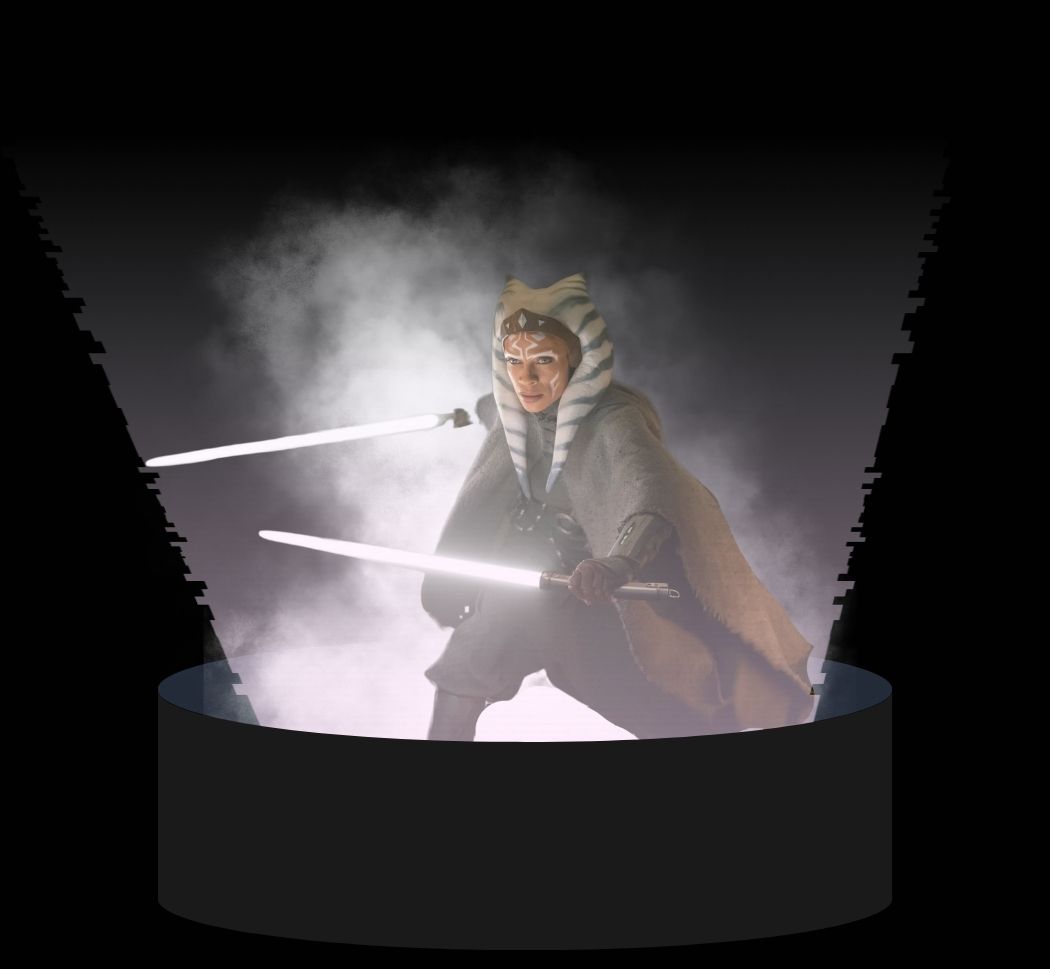
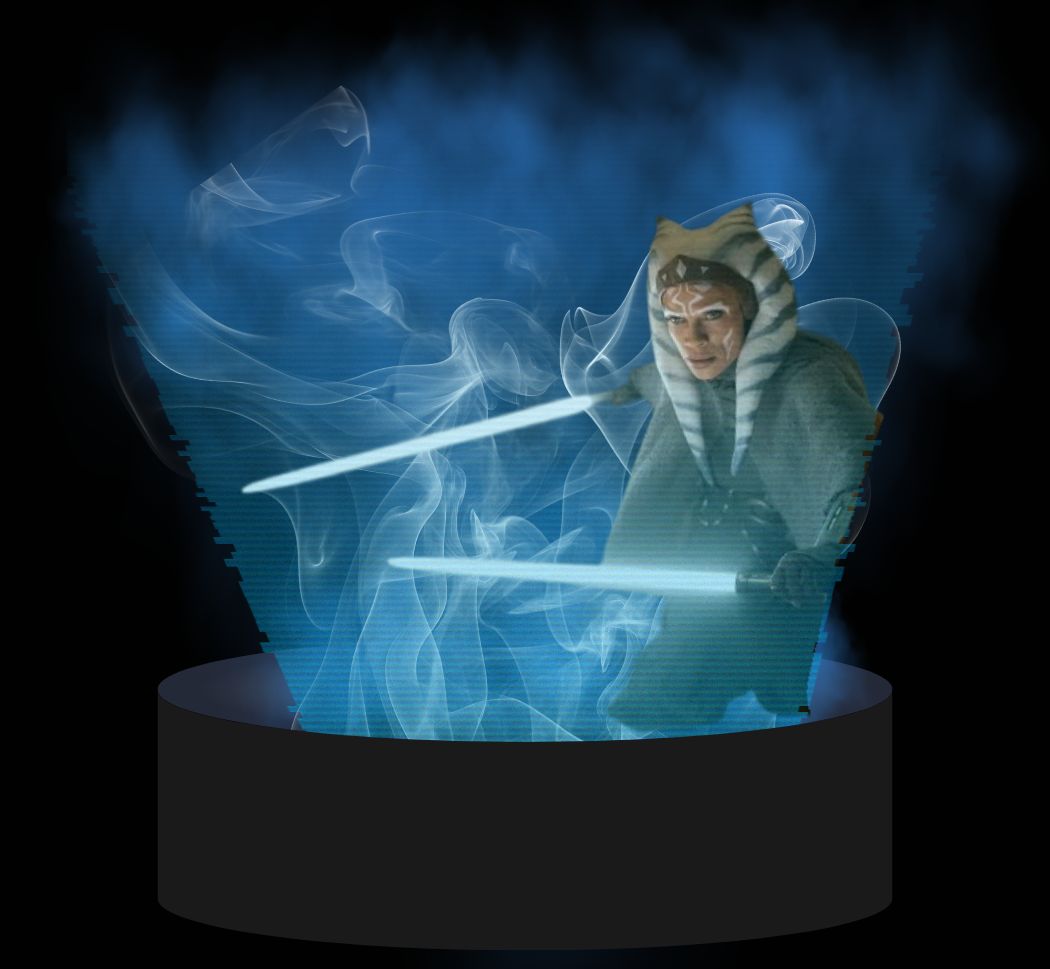




.jpg)
